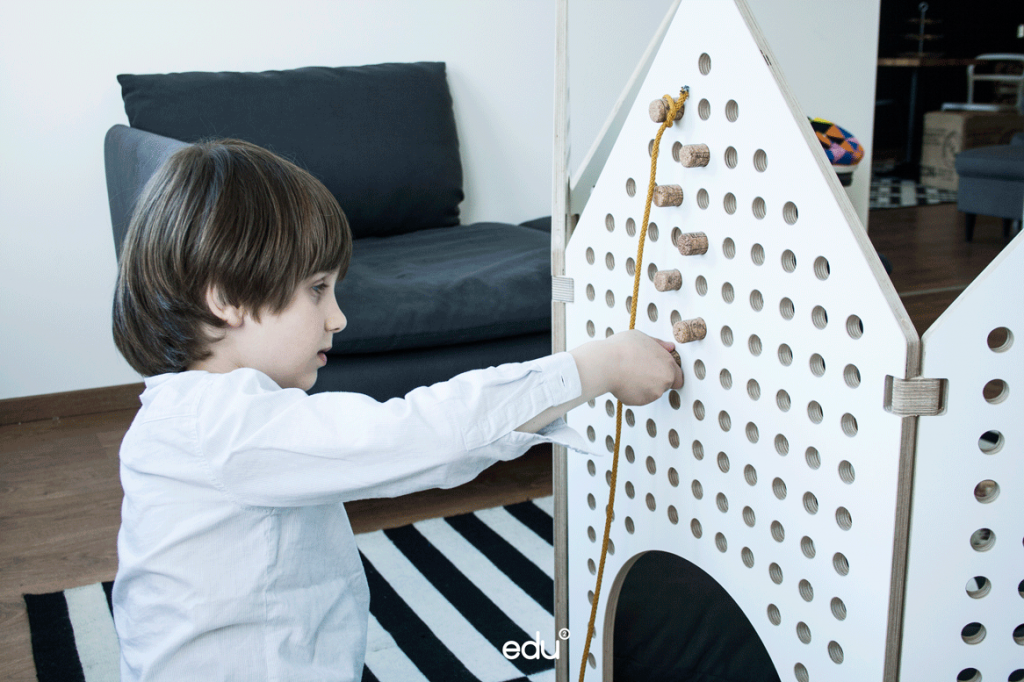The COVID-19 pandemic has affected about 1.68 billion learners in more than 190 countries, in all continents. Closures of learning spaces have impacted 94 per cent of the world’s student population.
The pandemic has already fundamentally changed and continues changing the professional roles and lives of educators and parents.
Educators cannot just broadcast knowledge if they are willing to reach and engage learners. They have to become mentors, coaches, facilitators, evaluators, social workers.

Parents are struggling trying to balance work and homeschooling. Majority of them would never voluntarily decide to homeschool their kids! Parents feel overwhelmed with the plethora of resources, instructions, schedules, home assignments, not to mention their regular home chores.
Internet and social media is full of information, resources, and advice on what we should do to continue teaching and making distance learning work. And that abundance is not always working to our benefit. Simple and effective solutions are hard to find, especially in stressful situations.
I wish there was a short ‘to do list’, but I know there is none. Education is such a complicated, subtle, impactful, multilayered, and multifaceted phenomenon that we can never be completely sure if our decisions and actions will get us where we want to. It is similar to playing three dimensional chess.
Whenever I feel overwhelmed with information chaos, the first thing I do in seeking to manage the chaos is structuring it. If we raise the right questions, then it will become easier to prioritizing our efforts and time to solving those questions.
So, let’s see, first, what are the biggest education challenges, second, what are the essential principles of quality education (digital or physical), and, third, what are simple yet effective solutions that are actually working around the globe.
Challenges for learners, educators, and parents
- Learners are unable to focus on learning and have low level of motivation.
- Learners feel lonely and socially disconnected from their peers (even though there are lots of digital tools to connect).
- Learners spend increasing more time on screen. Educators need to cater for activities that are offline.
- Educators, parents, and learners are scrambling to go digital without much support & training. Upskilling occurs with the goal to survive the next day.
- Parents are struggling trying to balance work and homeschooling.
- It is difficult to maintain a positive learner-teacher-parent relationship.
- Collaborative play based learning is somewhat restricted and challenging online. This is especially true for hands-on learning like music, theatre, dance, woodwork, etc.
- Mental health has become a significant issue. Levels of anxiety have increased.
- Catering for learners with learning difficulties and special needs is complicated.
- There is little cooperation between teachers, parents, learning centers, and countries, when this would be an excellent opportunity to do so.
Surely, this list can be way longer but our goal is not to identify all challenges or problems. It is more beneficial to single out 3-5 priorities based on your context and focus your resources towards solving them.
5 essential and sustainable principles of a high quality lesson in any environment
While some of the challenges will disappear when the pandemic is over, the quality of education will remain on the top of the list.
Ollie Bray, LEGO Foundation director, identifies five essential features of an excellent lesson relevant to both online and physical environment:
1. Experiences that are joyful for children, often containing what Seymour Papert famously described as “hard fun”./
2. Experiences that help children find meaning in what they are doing by being culturally relevant to the learner and their surroundings.
3. Experiences that are actively engaging, often project-based and purposefully open-ended to create a state of mental immersion where children are able to stay self-focused.
4. Experiences that involve iterative thinking, such as experimentation and hypothesis testing.
5. Experiences that are socially interactive.

5 tips for making distance learning work in preschools
Emerging curriculum is one of the main principles of Reggio Emilia Approach to education, and it can be easily and usefully applied in distant preschool learning. Children always like to play, be it in a kindergarten or at home. If you are a preschool teacher, ask parents to observe and make photos of children at play. After collecting photos, you will get an insight what children are interested in. Through play children reveal their inner thoughts and emotions. Make your next distant lesson in small groups of 4-5 children who play with similar toys and structure the lesson around the theme.
For example, in a group of children who share passion for block play, have a conversation about what can be built with bricks and blocks or about the castles they might know, sing a song about that, and show photos that were sent to you by parents. Children will love recognizing themselves and their peers in the photos, and more importantly, they will personally relate to the lesson.

Ideas for offline activities. It is worrying many of us that children spend too much time on screen. For 2-7 year old children, too much screen can be particularly harmful. Think about ways to cater for more offline activities.
To continue with the block play example, invite children to build castles using cardboard boxes and ask families to share photos or videos of their children’s creations. It is important to understand what resources are available to families so that your assignments are doable without an additional burden to families.
Some other examples of off-screen activities would be child-friendly cooking assignments, painting or building an imaginary structure with any resources found at home, learning a song or a dance. Discover activities with all senses of a child.
Short lessons, small groups, and the magic of music. Mini lessons of 15 minutes in groups of 4-5 children is simple yet effective structure for engaging children and bringing the core learning messages. Think what is the most important learning that you would like children to know for future and make sure everyone gets it. If you plan a longer lesson, structure it in 15 min blocks by changing the type of activity. Music and dance works magic online. Children engage easier with a screen when they participate in a dance or song. They enjoy seeing their teacher dancing and singing.
Deliberate connections. Connect with families regularly, they are your partners. Send an email every day with assignments for children, gratitude notes, video recordings of dancing or singing children. Connect once a week over the phone or via video chat. Have in mind that families have other responsibilities outside of schooling, and we all should be more flexible than ever. Make attendance at the virtual meetings voluntary.
Be kind to yourself. Measure your success in participation and smiles. If children are disinterested during a virtual meeting, remember that they are young and this is not comfortable to everyone. We are all just doing our best.





